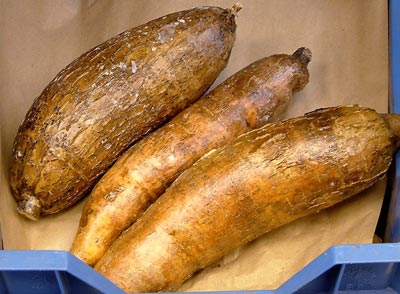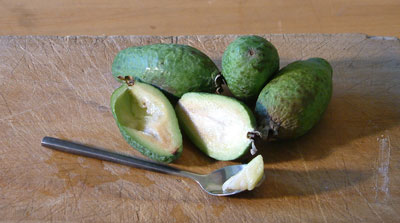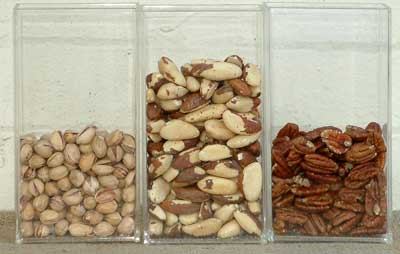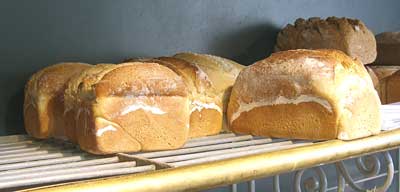
Cassava. Manioc. Yuca. Fleshy, starchy tubers with tough brown skin and crisp white flesh, originally from Brazil but now widely cultivated. There are two types, sweet and bitter. Avoid the bitter one. Throughout the Amazon basin there are 26 varieties, each thriving under different conditions. The process of making it into flour or tapioca removes the toxins.
Acerola. A small, thin-skinned, cherry-like fruit, smaller and sweeter than a loquat or medlar, and is rich in vitamin C. The fruits have five stones which clump together so they can seem like one, orange-yellow flesh and grow on a tree originally from Brazil and the West Indies. They have a slightly acidic, raspberry-like flavour and are usually used in desserts, preserves and purées. They can be dried for later use and, where the climate is sunny and warm, may ripen well for eating out of hand.
Brazil, home of the great Amazon river, the massive Pantanal wetland, tropical rainforest, pampas grasslands, and glorious beaches, is the world’s 5th largest country. South America’s only Portuguese speaking nation, Brazil occupies almost half the continent, including a huge length of Atlantic coast.

Feijoa. A fruit which is about 5 cm (2 inches) long and has whitish-green flesh which encloses a soft, seed-filled core. The red-green skin is inedible. It has a flavour of guava and pineapple.
A roasting style for coffee beans. They are darker than city roast. This method does not necessarily involve the use of Brazilian coffee beans.

The Brazil nut is a large nut with a very hard, three-sided, brown shell cultivated in Brazil and Paraguay. The kernel has creamy-coloured meat which is very nutritious and has a high fat content. It can be eaten as a dessert nut or used in cooking as coconut. The tall tree on which it is born is indigenous to Brazil and grows mostly in the wild. Up to 20 nuts, actually seeds, are held almost like orange segments in a woody pod not unlike a coconut. Almost all the nuts are exported.
The Brazil plum or umbu is a round, yellow to red or green fruit with a smooth leathery skin. It grows on a small tree on the scrublands of northeastern Brazil. It is about 2-4 cm (1") in diameter. The flesh is soft and juicy, with a sweet taste and distinct aroma and large, dark-coloured pip (US: pit).

Bread is a staple food throughout the world based on flours, commonly made from cereal grains but also from potatoes and other ingredients, leavened with yeast or as flatbreads, baked in the oven or cooked as pancakes. The most common flours used in breads are wheat and rye in the West, with grains such as bulgur and sorghum playing a greater part in the East.